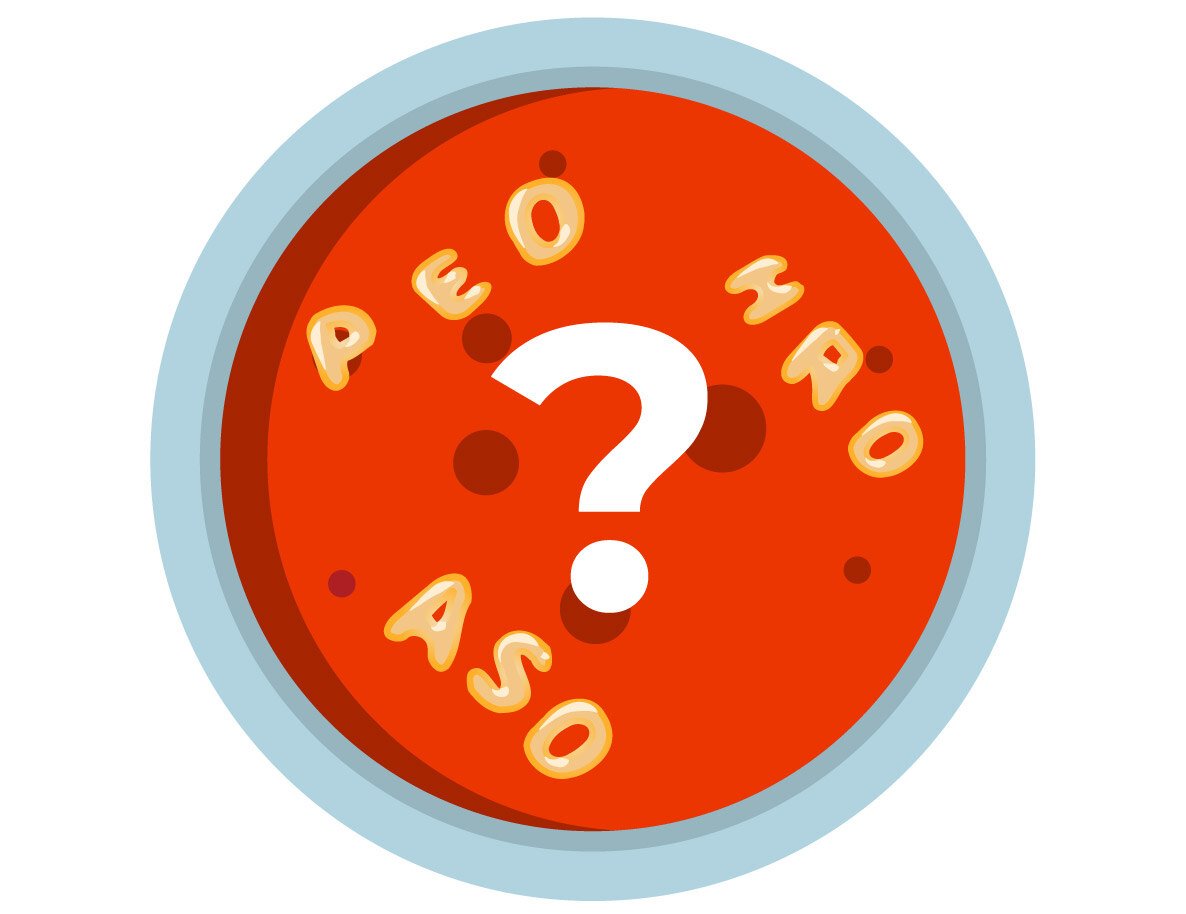PEO vs. HR Outsourcing: Which Solution is Best for Your Company?
Navigating the complexities of Human Resources (HR) can be one of the most daunting aspects of running a small business. For many entrepreneurs and...
Many businesses face significant challenges in effectively managing their human resource functions. According to Paychex’s 2024 Priorities for Business Leaders study, nearly two-thirds of respondents report spending at least 11 hours per week on HR administration—more than 25% of the average workweek. Outsourcing HR functions can save valuable time, reduce inefficiencies, and help businesses focus on growth. The three primary HR outsourcing options are Professional Employer Organizations (PEOs), Administrative Services Organizations (ASOs), and Human Resources Outsourcing (HRO). Here's how to decide which solution is right for your business..
HRO refers to outsourcing specific HR functions such as benefits administration, compliance support, and learning management to third parties. It helps businesses streamline HR processes, reduce inaccuracies, and boost productivity by focusing on strategic tasks. HRO is particularly beneficial for businesses looking to access sophisticated HR software solutions that might otherwise be too costly to implement independently. This model allows companies to reduce healthcare costs, improve employee retention, and access HR technology without bearing the full costs.
A PEO allows businesses to outsource HR administrative tasks via a co-employment model, where both the business and the PEO share responsibility for certain employee-related functions. Businesses can benefit from the PEO’s pool of resources, such as access to attractive employee benefits, payroll, workers’ compensation, and risk management.
PEOs are ideal for businesses that want comprehensive HR support, access to competitive benefits, and assistance with compliance. This solution is scalable, making it suitable for companies of all sizes—from small businesses looking for HR expertise to large enterprises needing a robust HR infrastructure.
An ASO is similar to a PEO but differs in that there is no co-employment relationship. With an ASO, the client company retains all administrative responsibility for employees, including payroll reporting and benefits administration. The ASO helps manage HR-related tasks like payroll processing and benefits administration but does not share liability for HR functions.
ASOs offer more flexibility compared to PEOs. Companies can select specific HR services they need and retain control over benefits and risk management decisions. ASOs are ideal for businesses with an existing HR infrastructure that only need additional support or specialized services.
Choosing between PEO, ASO, and HRO depends on several factors, including your company’s size, HR needs, and goals. Here’s a quick guide to consider:
Ultimately, each model offers unique benefits, and the right choice will depend on your business's specific requirements. Leading HR outsourcing providers today offer scalable solutions, allowing businesses to add or upgrade services as their needs evolve. Understanding the advantages of each option is key to making an informed decision that supports your business’s growth and success.

Navigating the complexities of Human Resources (HR) can be one of the most daunting aspects of running a small business. For many entrepreneurs and...

In an unpredictable business climate, every dollar counts. For small business owners, finding ways to save money without compromising quality or...

Professional Employer Organizations (PEOs) have become indispensable partners for businesses seeking to streamline their HR functions, reduce costs,...
